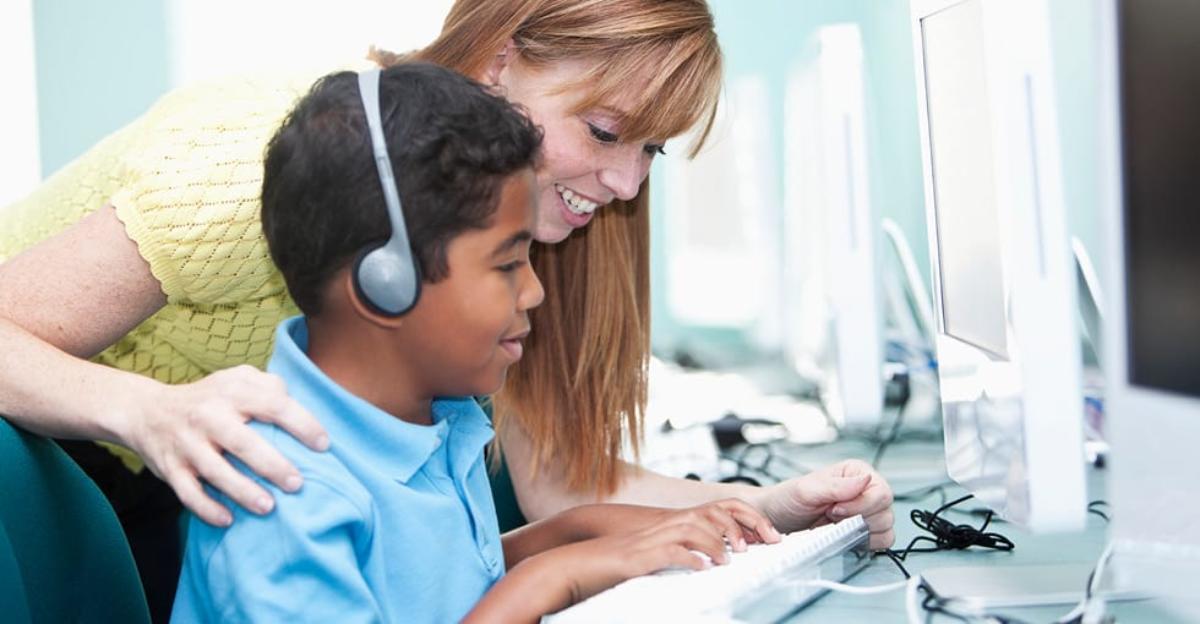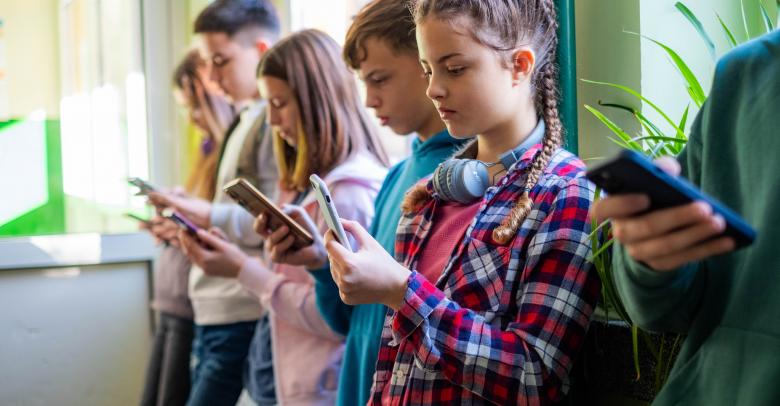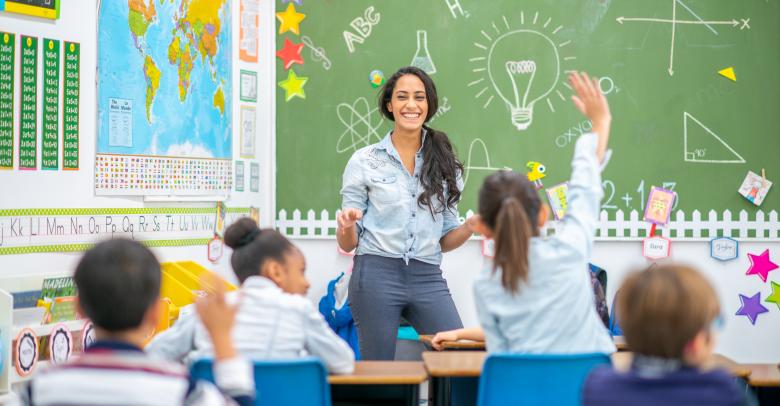As a dedicated educator we understand your desire to make your classroom the very best you can. That’s why we wanted to share more about the beauty of differentiating instruction using technology in a blended learning classroom.
So, what exactly is blended learning?
Blended learning is the process of combining the best ways to learn online with the best ways to learn in the physical classroom. This type of learning requires balance, and it involves integrating actual online learning such as online discussion groups. In this ‘sit and get’ model of learning, computer and/or online learning is added to traditional classroom learning.
Why should you consider blended learning?
When you combine asynchronous and synchronous learning, students are allowed to work at their own pace; arrive at their outcomes via different avenues; and share ideas and learning outside of their normal sphere of influence. This digital citizenship encourages interaction, while helping students to develop critical thinking skills.
Differentiation in instruction is beneficial to students and educators alike. Consider that when you choose to include technology and create a blended learning classroom you:
- Provide your students with more choices,
- Encourage a ‘go seek’ mindset that increases your students’ thoughts about how to acquire information,
- Tailor your students’ learning experiences based on their unique abilities and challenges, and
- Give your students more one-on-one instruction as you meet them where they are in the learning process.
We are excited about the advances being made in classrooms all around the world as more educators embrace the fact that when online and face-to-face instruction meet, the classroom is enlarged and learning is increased. Whether you are teaching in a traditional classroom or home school setting, the integration of web tools and differentiation in instruction shows your students of tomorrow that you are all about their success.
Philosopher/educator John Dewey, who many believe to have been one of the most significant educational thinkers of his era and a major proponent of pragmatism, is quoted as having said, “If we teach today’s students as we taught yesterday’s, we rob them of tomorrow.” With that in mind, we encourage blended learning; recognizing its importance in respect to students’ uniqueness and in showcasing their ability to show what they know in their own way.






Leave a Reply